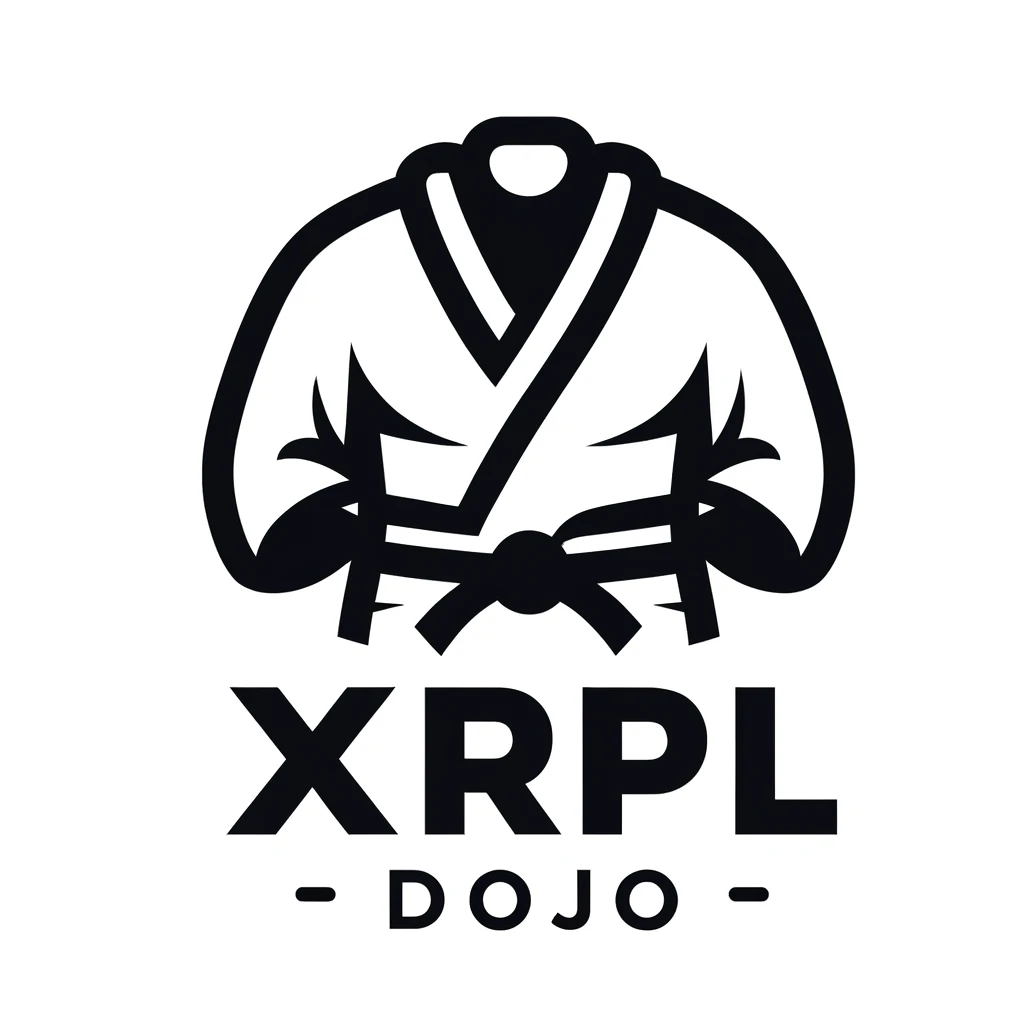Sending Unowned Currencies (Tokens) | JavaScript XRPL Development Level 3
Next, we will explain the process of sending unowned currencies (tokens) as an additional topic to cross-currency payments.
We will continue to handle the issuer A’s A.USD.
Prerequisites
Section titled “Prerequisites”Daniel does not hold A.USD but needs to pay Alice in A.USD.
The amount of A.USD to send to Alice should be about 5 XRP.
In cross-currency payments between different currencies, liquidity is always required, and the following process is necessary.
Bobcreates an offer to exchangeA.USDforXRP, providing liquidity.- Daniel, who does not hold
A.USD, will pay Alice using up to5 XRP(assuming there is liquidity; otherwise, the payment will fail). - The process is successful if
Alicereceives100 A.USD.
1. Create Offer from Bob (Provide Liquidity)
Section titled “1. Create Offer from Bob (Provide Liquidity)”For cross-currency payments to occur, liquidity must exist.
Bob creates an offer to exchange his A.USD for XRP, providing liquidity.
-
Modify the previously created createOffers.js as follows (comment out unnecessary parts).
import { Client, xrpToDrops } from 'xrpl';import { wallets } from './wallets.js';import { createOffer } from './utils/createOffer.js';const client = new Client('wss://s.altnet.rippletest.net:51233'); // Use the testnetasync function main() {try {await client.connect();const { issuerA, issuerB, alice, bob, charlie, daniel } = wallets;// Bobawait createOffer(client,bob,{ currency: 'USD', issuer: issuerA.address, value: '100' }, // TokenGets: offering 100 A.USDxrpToDrops(5); // TakerPays: Bob wants to receive 5 XRP);} catch (error) {console.error(`Error in offer creation: ${error}`);} finally {await client.disconnect();}}main(); -
Run the script.
Terminal window node createOffers.jsThis completes the creation of Bob’s offer to sell his
A.USDand buyXRP.
2. Daniel Sends A.USD to Alice
Section titled “2. Daniel Sends A.USD to Alice”Daniel will send A.USD to Alice.
Daniel wants to pay using XRP, but he does not want to spend more than necessary, so he wants to set a maximum limit for the payment.
In such cases, you can specify the amount using sendMax. In XRPL, the sendMax field allows you to set a maximum amount for the payment. (A minimum can also be specified.)
The route is quite simple; here, it will be Daniel → Bob → Alice. Of course, if the token is highly liquid, the optimal route will be selected automatically.
-
Modify the previously created
crossCurrencyPayment.jsas follows (comment out unnecessary parts).import xrpl from 'xrpl';import { wallets } from './wallets.js';import { sendPayment } from './utils/payment.js';const client = new xrpl.Client('wss://s.altnet.rippletest.net:51233');const main = async () => {await client.connect();const { issuerA, issuerB, alice, bob, charlie, daniel } = wallets;await sendPayment(client,daniel,{ currency: 'USD', issuer: issuerA.address, value: '100' }, // Currency Alice wants to receive: A.USDalice.address,{sendMax: xrpToDrops(5), // Set the maximum payment limit to 5 XRP});await client.disconnect();};main().catch(console.error); -
Run the script.
Terminal window node crossCurrencyPayment.jsIf the following log is displayed, the transaction is successful.
Please check it using the Explorer for Testnet.
Terminal window Payment sent from rf6R7pFgytT9JKjMVjKqeTv6MeDTrbNw3 to r3KQdHtUHUouGkLBFLZRxRYiugbW8cNwyJ: {id: 14,result: {Account: 'rf6R7pFgytT9JKjMVjKqeTv6MeDTrbNw3', // DanielAmount: {currency: 'USD',issuer: 'rfkJ7Uz6NrNV1FdbmKB5wepoim51KFpYQp', // Issuer Avalue: '100'},DeliverMax: {currency: 'USD',issuer: 'rfkJ7Uz6NrNV1FdbmKB5wepoim51KFpYQp',value: '100'},Destination: 'r3KQdHtUHUouGkLBFLZRxRYiugbW8cNwyJ', // AliceFee: '12',Flags: 0,LastLedgerSequence: 1371126,SendMax: '5000000', // 5 XRPSequence: 1046459,SigningPubKey: 'EDEC83B1B5D761F21A9625E88C70EE68CE5D5496B513DC6295CEDA7905065DD51A',TransactionType: 'Payment',TxnSignature: '939CD057964FCEEA621E358B65D780B50EBC50C6D80D83F5E93B463B9365F553261E27B7420E18CFBD9524A7E57C8EF20694C39B6B677F1EDBAD0ECA88F8260F',ctid: 'C014EBE500000001',date: 771245761,hash: '49C8ABCA168351936BE825B27F97836E68D4C49818F9664BD08447B6E4044A2A',inLedger: 1371109,ledger_index: 1371109,meta: {AffectedNodes: [Array],TransactionIndex: 0,TransactionResult: 'tesSUCCESS', // Successdelivered_amount: [Object]},validated: true},type: 'response'}This completes the transfer of
A.USDto Alice.To recap,
DanielsentA.USDtoAlice, staying within the limit of5 XRP. Bob had placed an order to exchange100 A.USDfor5 XRP, so ultimately,Bobreceived5 XRPandAlicereceived theA.USDthatBobheld.
Summary
Section titled “Summary”As demonstrated in this guide, with XRPL, you can send currency that you do not hold as long as there is liquidity. The fact that such functionality is provided natively is a strength of XRPL and the reason why XRPL is originally called a blockchain for payments.
Recently, powerful features like AMM have been incorporated, and it continues to evolve. However, I believe that understanding these basic concepts is essential before attempting to master more complex features. Please continue to work on mastering them.
The simple transfer mechanism itself may be difficult to visualize based solely on documentation, so I hope this knowledge will be helpful in your future development and projects.
